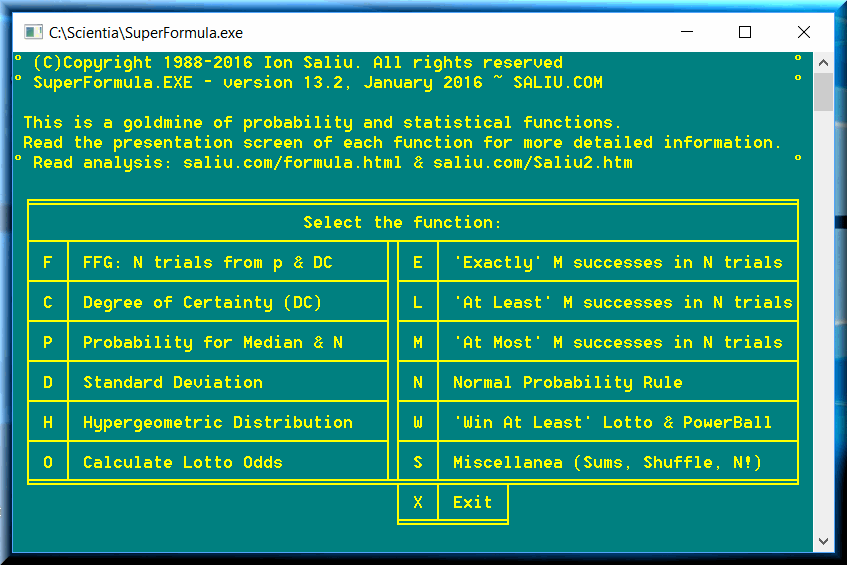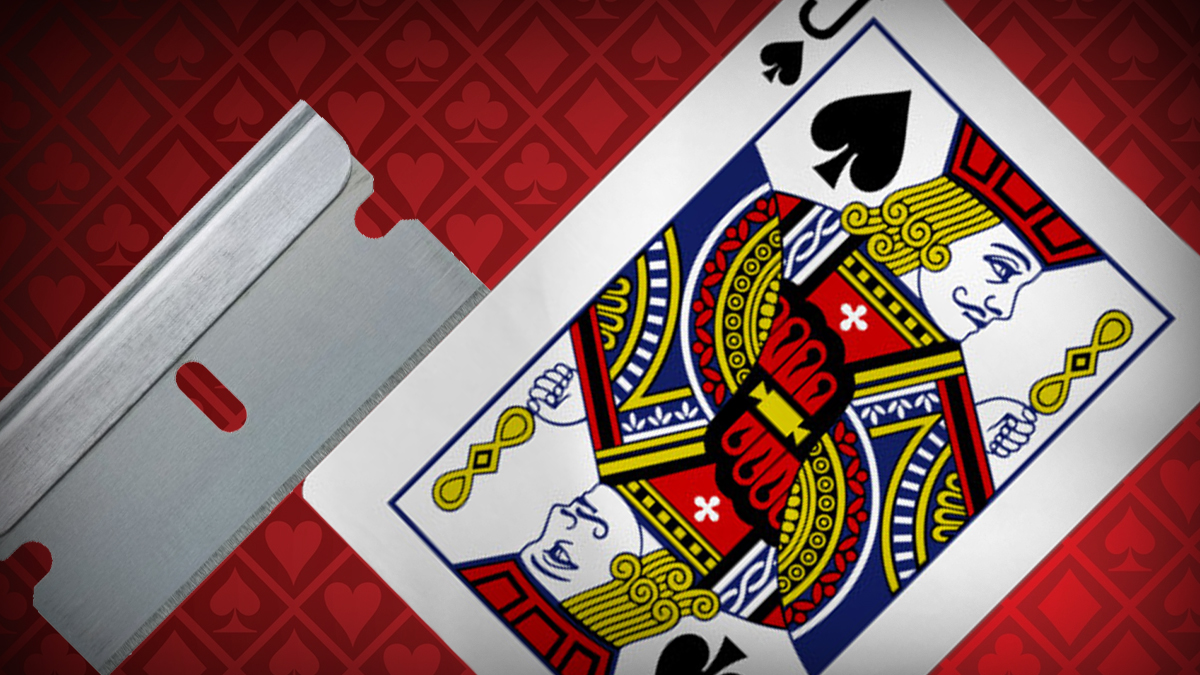Blackjack Rules House Advantage

Blackjack is one of the most popular casino games and there are plenty of variations to be found both at land-based and online casinos. One very exciting variant of the game of 21 is In-BETween Blackjack which includes a very interesting side bet.
Blackjack Rules House Advantage The loophole in this strategy, which gives the house its advantage, is that the player and dealer have an equal chance (33.15%) of busting—but when the player busts, he always loses, even if the dealer’s hand also busts. The odds of winning are shown in the table below. Still a shit game despite all the add-on rules. You can find exact house edge at wizardofodds.com. There's a blackjack rule calculator there somewhere on the site., 07:22 PM #3. House Advantage in Blackjack Most players understand that the casino holds an advantage in blackjack. This advantage is known as the house advantage or house edge, and is usually under 1% in most blackjack games, provided players play using the optimal basic strategy under the rules of the game they’re playing. But single deck blackjack has a higher house edge than 8-deck games with 3:2 natural payouts. All other rules being equal, the 8-deck game would have a house advantage that’s 0.8% lower than the single deck game. 8 decks raise the house advantage by 0.59% when compared to a single deck.
Understanding the house advantage in blackjack is a must if you want to count cards and play the game with a serious expectation of profit. This understanding is the building block upon which all of your remaining blackjack skill is based.
If you have ever played Red Dog, then you will have no issue grasping what is the specific rule that applies to In-BETween Blackjack. Much like the former one, the later one includes a bet for the difference between the values of two cards and a third one ranking between them. If you want to know more about the game, its rules and payouts, then keep on reading.
How to Play In-BETween Blackjack

For the most part, In-BETween Blackjack is played like any standard version of the game. It does include however a side bet which can award pretty good payouts. Players have the chance to place their money on the outcome of the dealer’s first card ranking between the two cards of the player. There is also a bonus payout if the three cards happen to be Three of a Kind.
This is a very simple side bet that players can make on blackjack but many expert gamblers claim that it provides much better odds than other side bets. Usually, players can easily spot a side betting section on the blackjack table felt which is usually marked just with the word ‘IN’ or ‘In-BETween’. This is where the special bet is placed before the game begins and it must be made after the player has placed his/her main stake. Since it is a side bet, players can also opt for making a wager only on the base game and spare themselves the additional risk.
Once the bets are made, the player receives two cards facing upwards and the dealer draws two cards, first of which is revealed. If the side bet is won, the player receives a payout and the game proceeds to the standard blackjack action.
If, for example, the player gets 3 and 8 and the dealer’s face-up card is anything between 2 and 7, the player will win the side bet. When determining the spread for the side bet, the Aces always carry a high value. There is also another way to enjoy extra pay and that is when both the player’s initial cards and the dealer’s card are of the same value.
Rules and Payouts on In-BETween Blackjack
As it was previously mentioned, this is a standard game of blackjack which simply adds the opportunity of making a special side bet. This means that there is nothing unusual about the rules of In-BETween Blackjack.
The game is usually played with 4 to 8 decks, comprised of the usual 52 playing cards. The dealer is obliged to always hit when holding 16 or less, however, a hand totaling to 17 requires the dealer to stand. Players will be able to make use of the usual betting options like splitting and doubling down.
The payouts on this side bet vary as the size of the spread may be different. That means that the less the difference between the two player’s cards is, the bigger the payout is when the bet is won. When there is a one-card spread, the payout for a successful in-between bet is 10 to 1. A two-card spread promises a payout of 6 to 1, while a bigger spread of three cards pays 4 to 1. All other spreads offer even money if the side bet is won. In addition to winning the in-between bet, there is also a chance of enjoying a special payout of 30 to 1 if you draw a pair and the dealer shows the same card.
Blackjack Rules Chart
House Edge on In-BETween Blackjack
When you are making this side bet on blackjack, you should always be aware of the advantage of the house. This will allow you to determine what are your actual chances of winning. The house edge changes, depending on the number of decks used in the game. Using just a single deck will result in a house edge of 10.50%, while the advantage is lowered to 7.80% when there are two decks in the game. A blackjack variation with four decks will bring the house advantage down to 6.00% and a six-deck variant will give the house an edge of 5.40%. Lastly, a blackjack game with this side bet that uses eight decks will have a house edge of 5.10%.
As you can see, if you are chasing the payouts for the side bet, then you are advised to play a version with more decks. Having more decks in the game means that there will be more options for the dealer’s card to fall between your two cards which will reward you with a bonus payout.

One of the biggest things that beginning blackjack players should know is that blackjack rules aren’t always the same in every casino. And this is the case even if you’re playing the exact same game of ’21’ in different casinos. The main reason why casinos change rules is to increase their house edge over the player. With this being the case, it’s really important that you understand how the different rule changes can alter your chances of winning. The following will show the main rules that are changed, and keep in mind that you may find none or all of these rule changes in effect.
Blackjack Payouts
The house edge is most affected by how large of blackjack payouts you receive. The ideal is 3:2 payouts for a natural blackjack, while 6:5 payouts are what you want to avoid because they raise the house edge by over 1.3%. The blackjack table should clearly display which payouts you’ll be getting, so this shouldn’t come as a surprise.
Dealer Standing or Hitting on Soft 17
Another blackjack rule that will be displayed on the table is whether or not the dealer stands on a soft 17. Assuming the dealer can hit, they’ll be able to get a higher score total (on average), which gives the house an extra 0.2% edge. Long story short, look for tables that say the dealer stands on a soft 17.
Deck Amounts

The large majority of the time, you’ll be playing on blackjack tables with six or eight decks, which keeps the house edge at or above 0.5% when perfect blackjack strategy is used. However, you can lower the house edge by finding tables that use less decks in the blackjack shoe. Assuming you find single deck blackjack, the house edge is just 0.18%; however, watch out for single deck games with 6:5 blackjack payouts and dealers hitting on a soft 17. Casinos slip these rules into single deck blackjack to fool novice players.
Double Down Restrictions
A more subtle way that casinos get the upper hand on players is by restricting them to only doubling down on 10 and 11. This increases the house edge to 0.2% because it takes away some of the favorable times when you can double down with other totals against weak dealer upcards.
Splitting Aces
Blackjack Rules House Advantages
A pair of aces is an automatic split from a blackjack strategy perspective. However, if casinos don’t allow you to split aces, then this advantage gets taken away from you. Furthermore, it increases the house edge by another 0.06%. Sure this may sound small, but it adds up for frequent blackjack players.